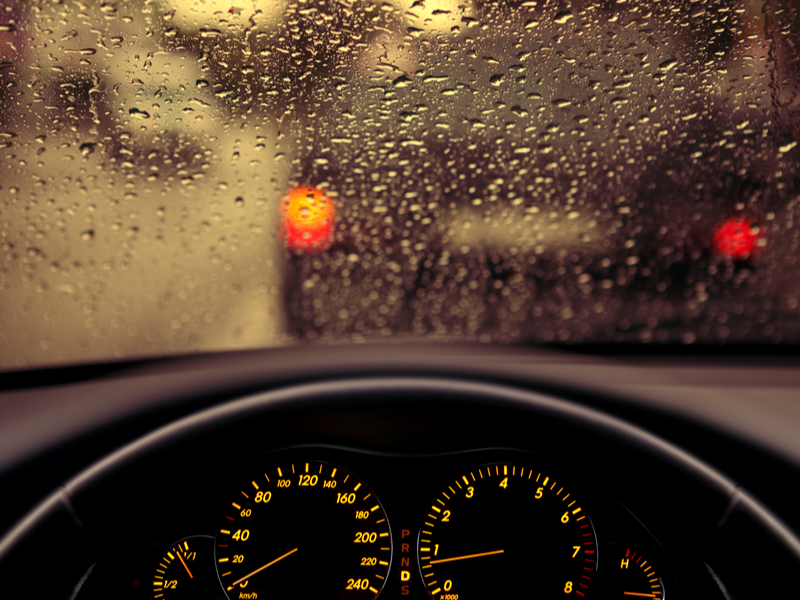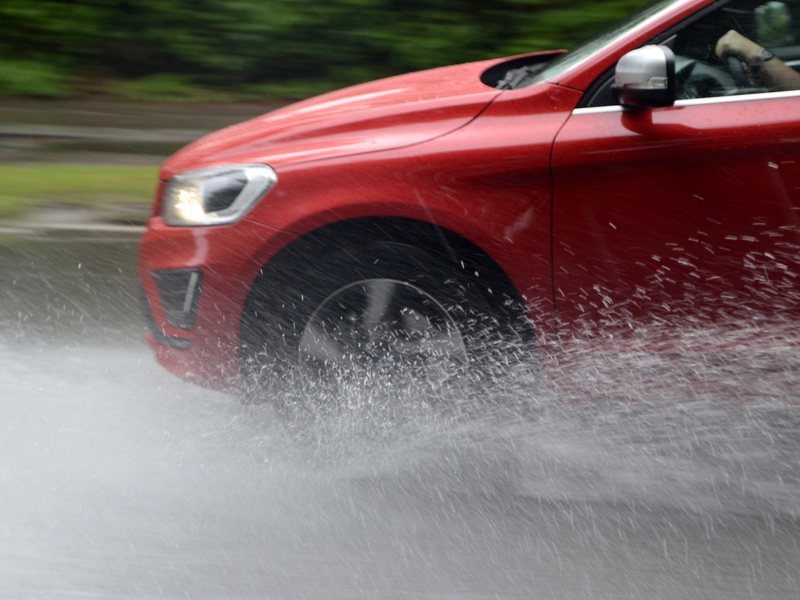Firstly it is always advisable to consider before you set off whether your journey is absolutely essential. Can it be delayed until after the rain has subsided?
If your journey is essential, then plan your route in advance, taking care to avoid areas which are prone to flooding, and factor in extra time to allow for slower speeds and potential congestion.
It is also a good idea to let colleagues and relatives know your intended route and expected time of arrival and where possible, travel with others.
Before you go:
- Check that your windscreen wiper blades are fully functional. If both front and back blades are not up to scratch, get them replaced.
- Try to fill up with fuel before you travel, as getting stuck in traffic will increase your fuel consumption – Remember, with the lights, heater and wipers switched on, your fuel economy will be reduced even further
- Listen out for local news bulletins to keep up-to-date with road closures, flooding and forecasts
- Carry a mobile phone in case you encounter any difficulties during your journey
- Check that your tyres are of the recommended legal tyre tread so you can be sure you have a safe amount of grip on the roads.
Remember: tyre tread is for dispersing water – at 70mph, in torrential rain, your tyres may have to disperse three gallons of water every second – so the less tread on your tyres, the less control you’ll have.

